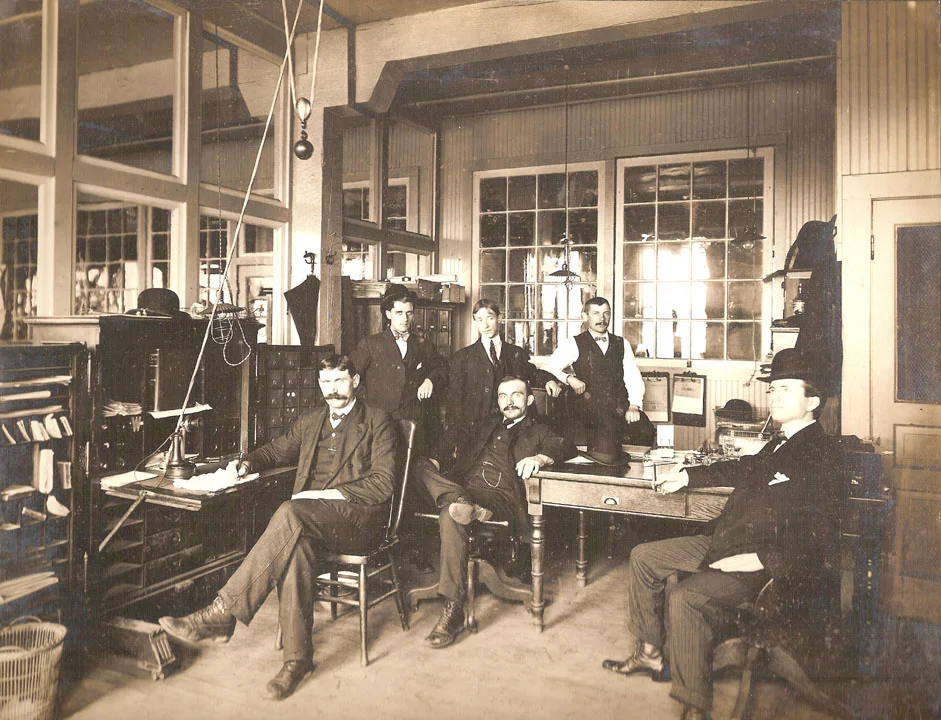I read Cubed so you don’t have to. But you might want to learn for yourself how the author Nikil Saval connects the insecurities of 19th century clerks to today’s workplace.
The big takeaway: It all began with clerks in the 19th century angling for status to compensate for the unmanliness of their tedious and sedentary work. Here’s what Vanity Fair had to say about clerks in 1860:
“vain, mean, selfish, greedy, sensual and sly, talkative and cowardly” and spent all their minimal strength attempting to dress better than “real men who did real work.” p.14
Unlike laborers in fields and factories, clerks worked side-by-side with the men who would promote them. Clerks were relatively few in number and had the opportunity to learn all aspects of the business at the right hand of their boss.
The possibility of advancement offered a powerful incentive to maintain non-adversarial relationships with owners. It also fueled fierce internal competition among peers in the office.
__________
In keeping with a genteel image that signaled membership in the middle-class clerks resisted calls to join the growing labor movement during the Industrial Revolution and Gilded Age. They formed associations, rather than unions. Instead of collective bargaining they relied on trust and individual relationships to promote their interests. Saval sums up the legacy of this approach:
“With reformers promising a utopia of one kind, the office promised another, which would prove more enduring: an endless, placid shaking of hands.” p. 32
Fundamental Beliefs of Office Workers
- Value of proximity to boss·
- Possibility of advancement
- Norms of internal competition
- Reliance on individual achievement over collective bargaining
Meanwhile, telecommunications and railways were changing the structure of commerce from local to regional, resulting in massive growth in service sector employment. The US Census shows 750k clerks in 1860, growing to 2.2 mil. in 1890, and 4.4 mil by 1910. During this period, proprietorships were superseded by a new form of the corporation that separated ownership and management for the first time. Workers were further isolated in narrow functional departments.
Still, office workers remained loyal to the idea that proximity to leadership and individual achievement might lead to advancement into the owner class. And they were eager to beat out their colleagues to do it. (Entrepreneurship is today's manifestation of the same drive.)
These fundamental beliefs have persisted through every management trend, technology boom and demographic shift ever since. Even with ever-increasing demands and erosion of real wages, the roots of office politics remain firmly planted. Mess with them at your peril.
Part II “The Perversion of the Cubicle” will take a quick look at physical workplace design and the (mostly failed) attempts to prioritize efficiency over deeply held beliefs. Coming next month.









